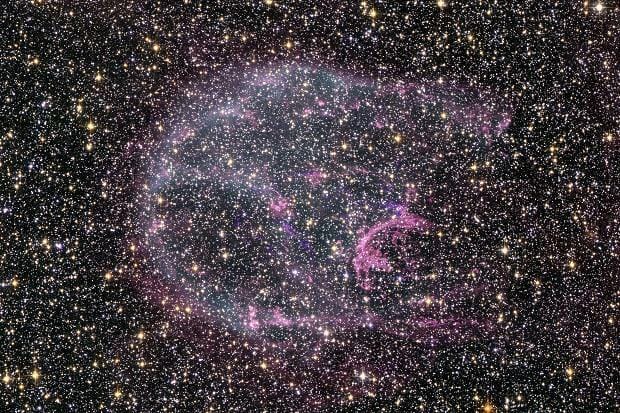Heat Death Explained

I just read a phenomenal explanation of heat death over on Reddit that was very similar to how I describe it to others.
It inspired me to want to capture my more succinct version, so here it is.
—
Heat Death is the inevitable result of the playing out of the second law of thermodynamics, which basically says that within a closed system entropy can only increase.
What this means is that within a closed system—in this case our universe—energy can only move from being more concentrated, more organized, and more useful, to being less concentrated, less organized, and less useful.
So we have stars burning, we have planets cooling, and we have lights shining. All of these take usable, organized energy and convert it into it’s distributed, mostly unusable form.
It’s important to note that no energy is being lost. When a star burns out, the energy it sent out is still out there somewhere. It was absorbed by planets, it heated the galaxy it was in, etc. And when you light a flashlight the light that comes out does not disappear. It bounces off things, it heats the planet ever so slightly, and gets absorbed by the air particles it moved through.
The real problem with entropy, and it’s ultimate form called Heat Death, is that once everything plays out we’ll just have a "slightly warmer than nothing" universe.
All the energy is still there. None of the energy from all this stars and galaxies left the universe, all the heat is dispersed and unusable. Most importantly, it would take more energy to collect what’s out there than you’d get from collecting it.
So that’s Heat Death. It’s the unavoidable and complete powering down of the universe in a way that cannot be reversed.
Escaping from this will likely become life’s (AI’s) most significant and enduring goal.
Notes
This explanation may not be perfectly accurate, but I think it’s accurate enough given the power of its brevity.